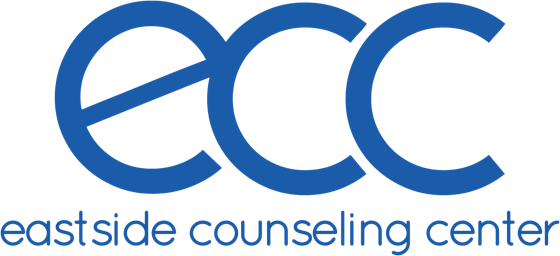Proudly serving Washington State.
Work and Career
Work and Career
ACCEPTING NEW CLIENTS
INSURANCE ACCEPTED
IN-PERSON & VIRTUAL APPOINTMENTS
Work and Career Issues
Most of us spend more time at work than at home, therefore the workplace should be an environment where we feel safe and comfortable. However, because the work environment is a melting pot of different personalities, communication styles, and worldviews; things don’t always go smoothly. In fact, workplace bullying is on the rise and though statistics vary, some studies reveal that nearly half of all American workers have been affected by this problem, either as a target or as a witness to abusive behavior against a co-worker.
Examples of common workplace issues include:
Poor job fit
Mental anguish
Sexual or verbal harassment
Discrimination
Low motivation
Job dissatisfaction
Find the Cause
The first step in stress management is identifying your stressors. While this sounds fairly easy—it’s not hard to point to major changes or a lot of work piling up—chronic stress can be complicated, and most people don’t realize how their habits contribute to their stress. Maybe work piling up isn’t from the actual demands of your job, but more so from your procrastination. You have to claim responsibility for the role you play in creating your stress or you won’t be able to control it.
How a Clinician Can Help
Therapy for work and career issues can help a person develop a better understanding of their wants and needs as well as approach alternative ways to handle tension while on the clock. Therapy is a neutral setting where patients can discuss their fears, worries, or stressors, without fear of judgement from the workplace or coworkers and regain control of their happiness in a healthy way.
Psychotherapy tends to work well when addressing workplace issues. Talk therapy can effectively treat depression and anxiety that can stem from these conflicts. A mental health professional can also teach coping mechanisms and distress tolerance skills that will help a person manage work-related stress.
Generalized Anxiety Disorder (GAD)
GAD affects 6.8 million adults, or 3.1% of the U.S. population, yet only 43.2% are receiving treatment.
Women are twice as likely to be affected as men.
GAD often co-occurs with major depression.
Panic Disorder(PD)
PD affects 6 million adults, or 2.7% of the U.S. population.
Women are twice as likely to be affected as men.
Social Anxiety Disorder (SAD)
SAD affects 15 million adults, or 6.8% of the U.S. population.
SAD is equally common among men and women and typically begins around age 13.
According to a 2007 ADAA survey, 36% of people with social anxiety disorder report experiencing symptoms for 10 or more years before seeking help.
Specific Phobias
Specific phobias affect 19 million adults, or 8.7% of the U.S. population.
Women are twice as likely to be affected as men.
Symptoms typically begin in childhood; the average age-of-onset is 7 years old.
Treatment For Anxiety
Psychotherapy or “talk therapy” can help people with anxiety disorders. To be effective, psychotherapy must be directed at the person’s specific anxieties and tailored to his or her needs.
If you have any questions, Schedule An Appointment Today!
Contact Hours
Monday - Friday
9:00 am - 5:00 pm
Call Us
Kirkland: (425) 242-6267
Bellevue: (425) 590-9419
Our Offices
Kirkland Office
625 4th Ave, Suite 203
Kirkland, WA 98033
(425) 242-6267
Bellevue Office
4122 Factoria Blvd SE, Suite 405
Bellevue, WA 98006
Email Us
Helpful Links
© 2023 Eastside counseling center
© 2023 Eastside counseling center
Privacy Policy
Privacy Policy


